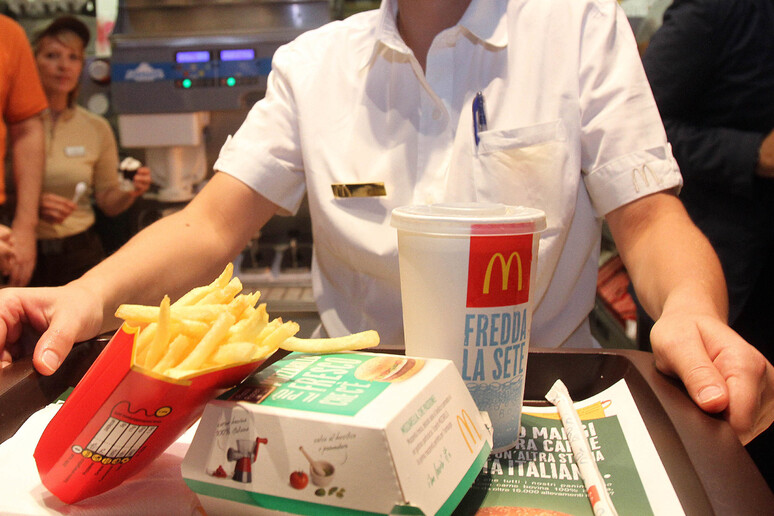McDonald’s is trying to address a decline in customers by introducing a $5 meal. Despite decent quarterly earnings, driven primarily by inflation-related price increases, the fast-food giant is struggling as American families cut back on dining out, even at low-cost options. Similarly, Planet Fitness, a publicly traded gym operator, is facing the same challenge, but it has chosen to raise its membership fee from $10 to $15 for the first time in 25 years to offset the decrease in clients.
These developments might seem minor, but they could indicate a deeper issue. They suggest that the U.S. economy may not be as strong and resilient as macroeconomic statistics and Wall Street reports imply. A closer look reveals a growing divide in American society: while some individuals and companies continue to thrive despite inflation and high interest rates, others, especially in the middle and lower classes, are beginning to struggle.
The American stock market is nearing a historical peak, partly due to a strong earnings season. As of now, 79% of publicly traded companies on Wall Street have exceeded expectations, averaging an 8.41% beat according to Bloomberg. However, excluding major tech firms, large banks, and other thriving sectors, the picture is less favorable. Companies dependent on consumer spending are suffering. For example, Starbucks reported lower-than-expected earnings on April 30, resulting in a 15.88% stock drop the next day. DoorDash and Uber also posted losses, with their stocks falling by 10.32% and 5.72%, respectively. Netflix, despite beating earnings expectations on April 18, disappointed with its full-year outlook, leading to a 9% stock drop. Etsy, focused on second-hand e-commerce, reported that its quarterly results were pressured by a challenging economic environment for discretionary products, causing its stock to decline by 15.06%. Even McDonald’s is experiencing a drop in customers.

These trends suggest that consumers have less disposable income due to high interest rates and inflation. The issues highlighted in quarterly reports are also reflected in macroeconomic data. Consumer confidence, as measured by the University of Michigan and the Conference Board, has fallen more than expected. Small business optimism is at an 11-year low, according to Bank of America. Antonio Cesarano, chief global strategist at Intermonte, notes that American families are beginning to feel the strain of high interest rates and inflation, which erode purchasing power, especially among the middle and lower classes. Additionally, the labor market is showing signs of slowing.
A significant factor is that American families have exhausted the extra savings they accumulated during the pandemic. According to the San Francisco Fed, these savings peaked at $2.1 trillion in August 2021 but are now depleted. This financial strain is evident in rising delinquency rates on credit cards, which are at their highest since 2012 at 3.10%, and even higher for small banks at 7.80%, the highest since records began in 2001.
Auto loan defaults are also at their highest since 2010, particularly among 18-29 year olds, with a delinquency rate of 4.79%. Furthermore, families are burdened by rent increases that have outpaced income growth by 1.5 times over the past four years, and they face substantial debt. According to the New York Fed, American households have a record $17.5 trillion in debt, including mortgages (70% of the total), credit cards, auto loans, and student loans.












